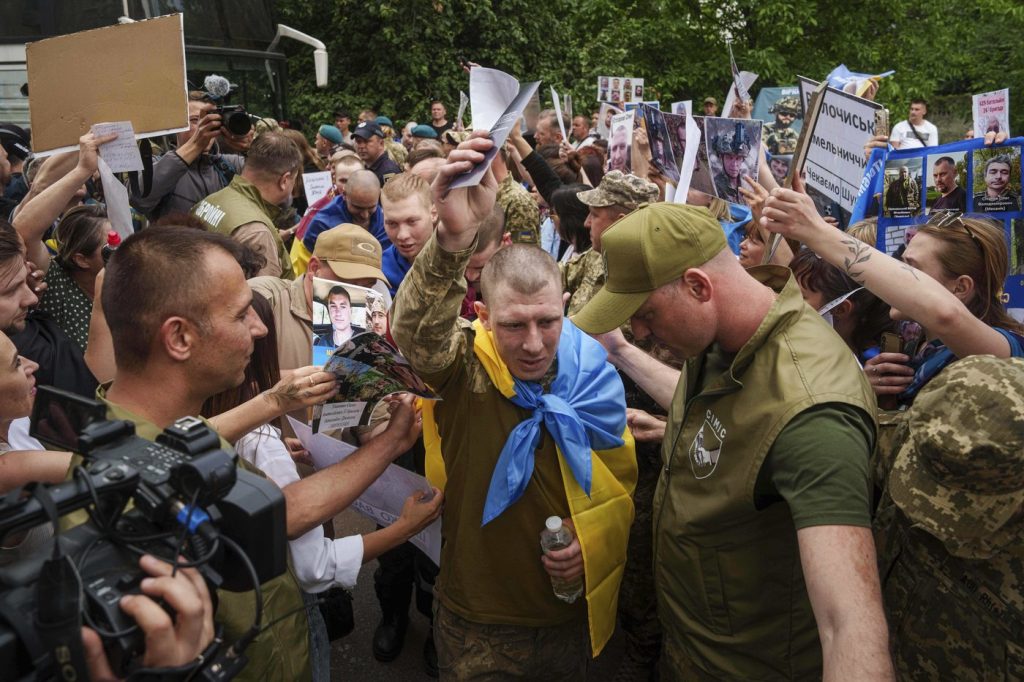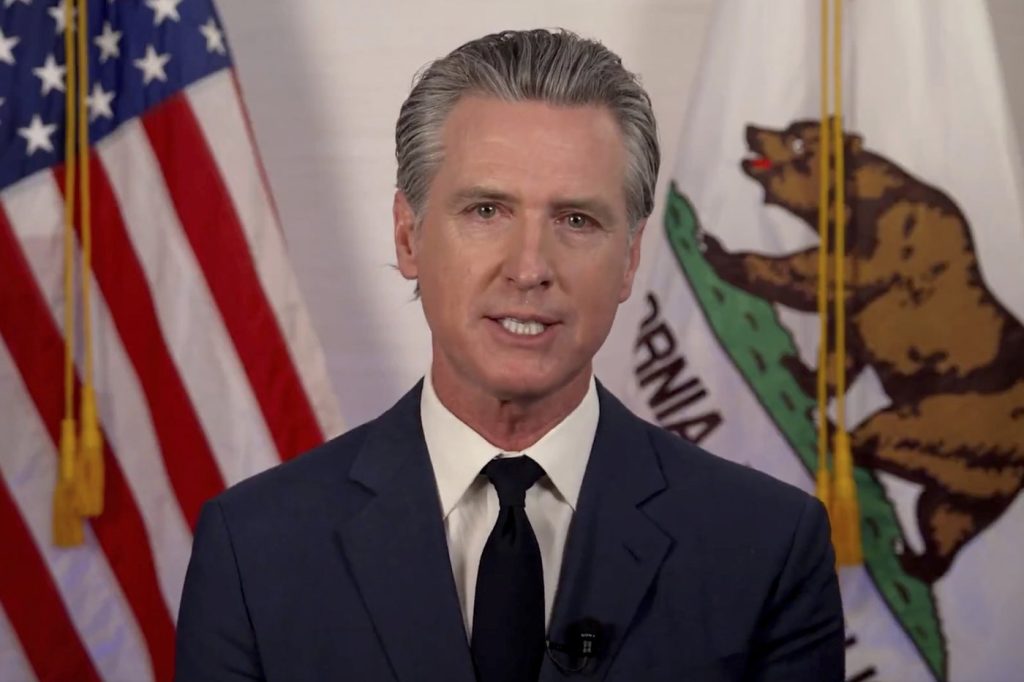KYIV, Ukraine (AP) — In a significant escalation of hostilities, Russia launched nearly 500 drones in the largest overnight drone strike of the ongoing war in Ukraine, as per the statement from the Ukrainian air force on Monday. This strike marks a turning point as Russia intensifies its summer offensive amid ongoing peace talks that have yet to yield any meaningful progress in ceasing the conflict.
Alongside the attack involving 479 drones, approximately 20 missiles of various types were also fired at different regions across Ukraine from Sunday into Monday. The Ukrainian air force reported that its defenses successfully intercepted and destroyed 277 drones and 19 missiles, claiming that only 10 drones or missiles associated with the strike hit their designated targets, resulting in minor injuries for one individual. However, the authenticity of these claims remains unverifiable by independent sources.
The uptick in aerial assaults coincides with a renewed push by Russian forces along the eastern and northeastern sectors of the approximately 1,000-kilometer (620-mile) frontline. Ukrainian President Volodymyr Zelenskyy indicated that the military situation in some of those regions is "very difficult," although he refrained from providing specific details on the hostilities.
Ukraine's military is facing challenges due to a shortage of personnel on the front lines against its larger adversary and has been actively seeking increased military support from Western allies, particularly for air defense systems. However, the uncertainty surrounding U.S. policies regarding the conflict has cast doubt over the level of assistance Kyiv can anticipate.
Despite these pressures, Ukraine has executed some noteworthy counter-offensives, such as the June 1 drone attack on Russian air bases, which demonstrated significant operational breadth and sophistication. In response to perceived escalations, the Ukrainian General Staff reported that its special operations forces had successfully targeted two Russian fighter jets located at Savasleyka airfield in Nizhny Novgorod, Russia, approximately 650 kilometers (about 400 miles) northeast of the Ukrainian border. No immediate acknowledgment of the operation has been received from Russian authorities, though some Russian commentators have claimed no damage was inflicted on the aircraft.
In retaliation for Ukraine's previous drone assaults against airfields housing nuclear-capable bombers, Russian officials have stated that the recent surge in retaliatory strikes is a calculated response. The situation remains complex, with multiple rounds of direct peace negotiations hosted in Istanbul yielding minimal progress, aside from commitments to conduct prisoner swaps and acknowledge casualty figures.
The ongoing exchange of prisoners of war (POWs) has surfaced as a glimmer of cooperation amidst the broader context of strained relations. On Monday, Ukraine and Russia engaged in another cycle of POW exchanges, although neither side disclosed the number of individuals involved. According to President Zelenskyy, the process is intricate and shrouded in sensitive negotiations, taking place almost daily.
In the Chernihiv region, family members of returned Ukrainian soldiers formed a human corridor outside a hospital in hopes of seeing their loved ones. Many held photographs of sons, husbands, and brothers, with expressions ranging from joy to exhaustion as returning soldiers passed through. Among them was Tetiana Lytvyn, who was anxiously searching for two missing relatives, highlighting the ongoing emotional toll on families still awaiting the return of their loved ones.
Reports indicate that Ukrainian POWs released from captivity have returned in poor health, facing malnutrition and inadequate medical care while imprisoned. An alarming statistic reveals that over 200 Ukrainian POWs have died in captivity since the full-scale invasion began. Tensions persist over the repatriation of remains from deceased soldiers, with accusations exchanged between both countries regarding failures in coordinated efforts to collect and transfer bodies.
Moreover, as long-range drone attacks continue from both sides, the humanitarian impact remains severe, with the United Nations reporting that more than 12,000 Ukrainian civilians have died due to Russian strikes. Each side maintains that their military operations target legitimate combatants, perpetuating the cycle of violence as neither appears willing to back down in pursuing military objectives.
In conclusion, the situation remains critical, with both Ukraine and Russia embedding in a cycle of military escalation and limited dialogue, underscoring the complexities of achieving lasting peace.












